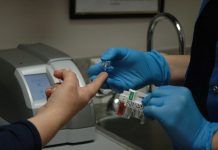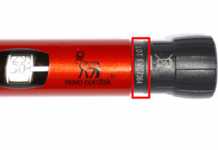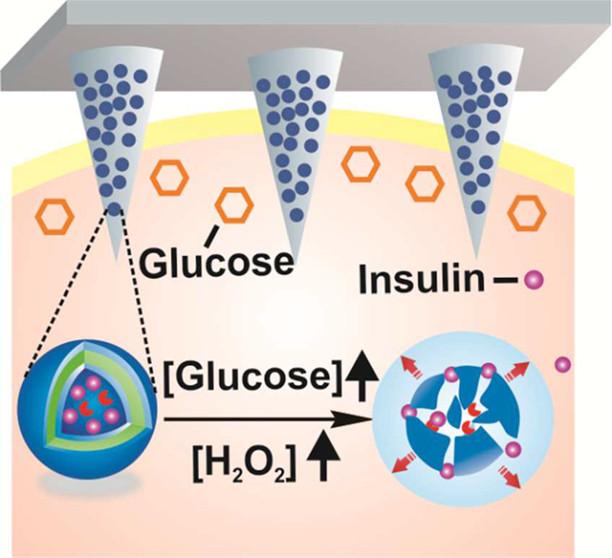Researchers tested a compound that eliminated the incidence of diabetes and minimized insulitis, which is the inflammation associated with, and destroyer of, insulin-producing cells. This exciting discovery could stop Type 1 diabetes before it even gets started.
In a study published in the March 2015 issue of the journal Endocrinology, scientists tested an experimental compound known as SR1001 in non-obese diabetic animal models – and the potent synthetic compound prevented type 1 diabetes.

“The animals in our study never developed high blood sugar indicative of diabetes, and beta cell damage was significantly reduced compared to animals that hadn’t been treated with our compound,” said Laura Solt, PhD, a from the Florida campus of The Scripps Research Institute (TSRI) who was the lead author of the study.
Type 1 diabetes is a consequence of the autoimmune destruction of insulin-producing beta cells in the pancreas. While standard treatment for the disease aims to replace lost insulin, the new study focuses instead on the possibility of preventing the initial devastation caused by the immune system–stopping the disease before it even gets started.
For the study, the scientists tested SR1001 in non-obese diabetic animal models. The compound targets a pair of “nuclear receptors” (RORα and RORγ) that play critical roles in the development of a specific population (Th17) of immune cells associated with the disease.
“Because Th17 cells have been linked to a number of autoimmune diseases, including multiple sclerosis, we thought our compound might inhibit Th17 cells in type 1 diabetes and possibly interfere with disease progression,” said Solt. “We were right.”
The researchers found SR1001 eliminated the incidence of diabetes and minimized insulitis, which is the inflammation associated with, and destroyer of, insulin-producing cells, in the treated animals.
Continue Reading Below ↓↓↓
The compound suppressed the immune response, including the production of Th17 cells, while maintaining normal insulin levels; it also increased the frequency of the expression of Foxp3 in T cells, which controls the development and function of a type of immune cell known as T regulatory cells.
Solt notes that the study strongly suggests that Th17 cells have a pathological role in the development of type 1 diabetes and use of ROR-specific synthetic compounds targeting this cell type may have potential as a preventative therapy for type 1 diabetes. “It certainly opens the door for other areas to be looked at,” she said.
Other authors of the study, “ROR Inverse Agonist Suppresses Insulitis and Prevents Hyperglycemia in a Mouse Model of Type 1 Diabetes,” include Subhashis Banerjee, Sean Campbell and Theodore M. Kamenecka of The Scripps Research Institute, and Thomas Burris of Saint Louis University School of Medicine.
This work was supported by National Institutes of Health (grants DK080201, MH092769 and DK089984) and a National Research Service Award (DK088499).
Source: Scripps Research Institute. Photo courtesy of The Scripps Research Institute.










